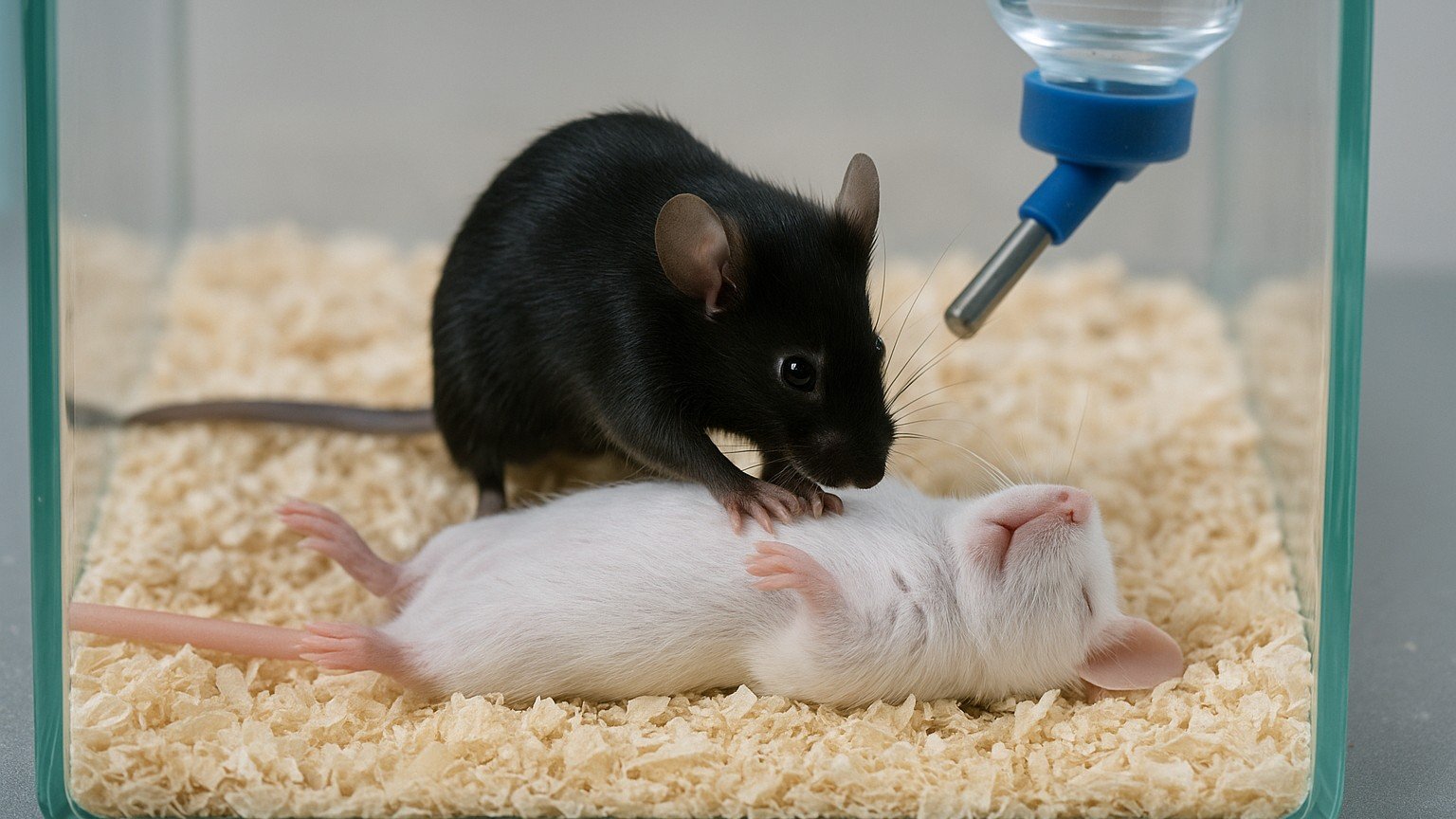Scientists have discovered that mice naturally help their unconscious companions without any training or rewards, challenging long-held assumptions about animal altruism and revealing surprising parallels between rodent and human social behavior.
When placed near an anesthetized mouse, observer mice show clear signs of distress and quickly begin grooming and licking their unconscious companions. This behavior not only accelerates the recovery of the anesthetized mouse but also reduces the helper’s own stress levels, according to research published April 23 in the Proceedings of the National Academy of Sciences.
The study marks the first time scientists have mapped the exact brain pathways responsible for this spontaneous helping behavior in mice, potentially illuminating the biological roots of empathy across species.
“This study reveals that mice exhibit spontaneous rescue-like behavior, facilitating the recovery of anesthetized conspecifics without prior training or external rewards,” the researchers write in their paper.
While altruistic behaviors have been well documented in larger mammals like elephants and dogs, and even in insects like ants, evidence for such tendencies in rodents has remained controversial until now.
The research team, led by Dr. HU Li from the Institute of Psychology of the Chinese Academy of Sciences and Dr. CHEN Zhoufeng from Washington University School of Medicine and the Shenzhen Medical Academy of Research and Translation, used advanced techniques including transgenic mice, chemogenetics, optogenetics, and fiber photometry to uncover the biological mechanisms driving this behavior.
Their findings identify oxytocin—often called the “prosocial hormone” in humans—as the key molecular player coordinating the helping response through two distinct brain pathways.
When an observer mouse encounters an anesthetized companion, oxytocin neurons in the paraventricular nucleus of the hypothalamus activate. The released oxytocin then works through parallel pathways to coordinate both the emotional and physical aspects of the helping behavior.
One pathway, through the central amygdala, processes the emotional component—recognizing the distress of the unconscious mouse. Meanwhile, a second pathway through the dorsal bed n
Discover more from SciChi
Subscribe to get the latest posts sent to your email.

